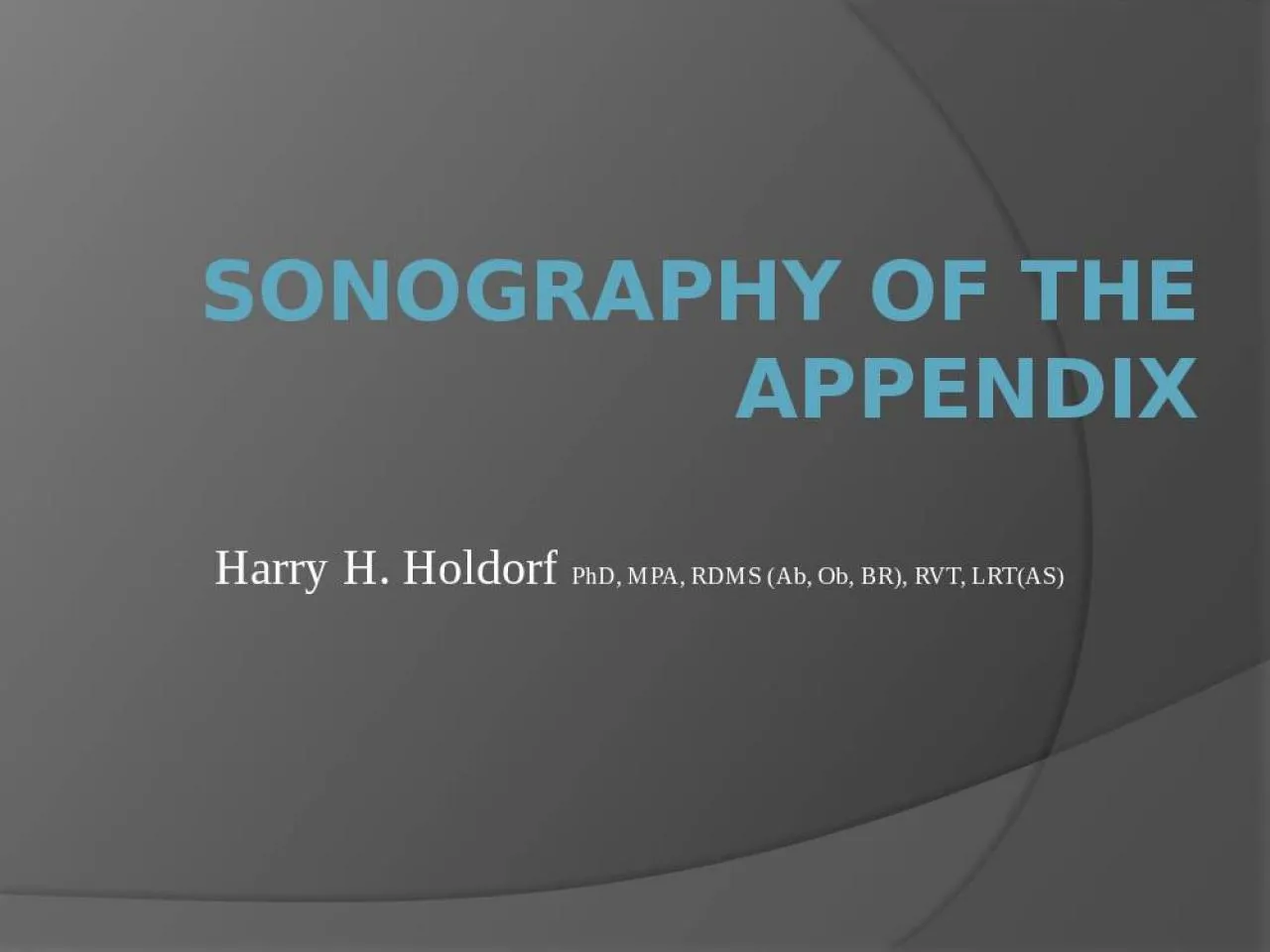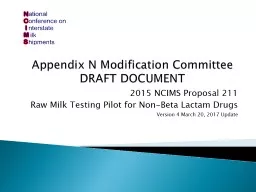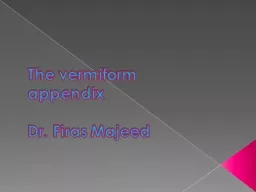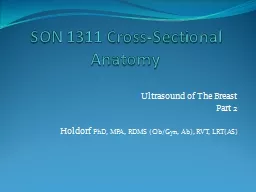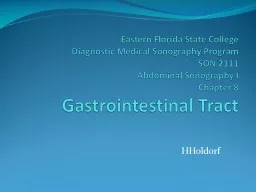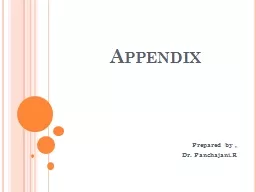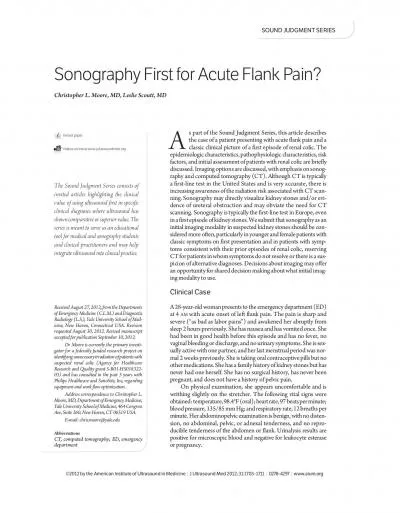PPT-SONOGRAPHY OF THE APPENDIX
Author : lam | Published Date : 2022-02-15
Harry H Holdorf PhD MPA RDMS Ab Ob BR RVT LRTAS objectives Understand the main drivers promoting sonography of the appendix Provide a better understanding of the
Presentation Embed Code
Download Presentation
Download Presentation The PPT/PDF document "SONOGRAPHY OF THE APPENDIX" is the property of its rightful owner. Permission is granted to download and print the materials on this website for personal, non-commercial use only, and to display it on your personal computer provided you do not modify the materials and that you retain all copyright notices contained in the materials. By downloading content from our website, you accept the terms of this agreement.
SONOGRAPHY OF THE APPENDIX: Transcript
Download Rules Of Document
"SONOGRAPHY OF THE APPENDIX"The content belongs to its owner. You may download and print it for personal use, without modification, and keep all copyright notices. By downloading, you agree to these terms.
Related Documents

